
No products
Prices are tax included
Product successfully added to your shopping cart
There are 0 items in your cart. There is 1 item in your cart.
- English
- Castellano
- Català
Harmonices Mundi - Vol. 5 2ª Part
DAC346
Harmonices Mundi deals with the fugue in all its possibilities, often on its own, but also with preludes, associated to dances or within a partita. In this volume, the first five fugues are presented directly (in three or four voices) and it is only in the last piece that the fugue is presented with a prelude.
| Period | 20th Century |
| Subheading / Parts | VII.Preludi, Fuga i Coral, VIII.Fuga a 4, IX.Fuga, X.Preludi i Fuga, XI.Preludi i Fuga, XII.Fuga, XIII.Preludi i Fuga |
| Instruments | piano |
| Pages | 40 |
| Contents | Score |
| ISMN | 979-0-3502-1135-5 |
| Edition | Digital |
It was over 30 years ago when Josep Soler embarked on a project of mammoth proportions, which features the fugue as its protagonist. The reflection concerning this much-loved musical form during the Renaissance and the Baroque periods is what pervades Harmonices Mundi, (Harmony of the Worlds) which comprises over 50 pieces. The overall project of Harmonices Mundi consists of 6 volumes and each of these are made up of different pieces for keyboard (piano or organ). All in all, they provide over 6 hours of music. Clivis Publicacions published the first album of Harmonices Mundi for piano in 1986 (Ref. AC032) and this publication marks the beginning of Volume 5, which includes 12 pieces. This edition includes the initial 6 pieces.
As in the case of The Art of Fugue by Johann Sebastian Bach, Soler’s Harmonices Mundi is not a theoretical treatise about fugue that stays firmly on paper, only to be read by experts, but it is rather an in-depth study with the ultimate aim of being listened to. It is a work that was written with the intention of being performed. In his book, Fuga, tècnica i història (Fugue, technique and history), Soler performs an in-depth analysis of this musical form and assures that it cannot be restricted to the parameters of the key, that it can exist perfectly well in the world of dodecaphony under what he calls “the illumination of an instinctive atonality”. Harmonices Mundi deals with the fugue in all its possibilities, often on its own, but also with preludes, associated to dances or within a partita. In this volume, the first five fugues are presented directly (in three or four voices) and it is only in the last piece that the fugue is presented with a prelude.
The title of the work, Harmonices Mundi (The Harmony of the Worlds) comes from the astronomical treatise that scientist Johannes Kepler published in 1619, which upheld that each planet emits a sound and that music of the spheres (previously dealt with by Pythagoras and Plato) is indeed possible. In any case, Kepler wanted to reconsider the old subject of celestial music with modern eyes, using 17th century mathematics and physics. Soler’s intention is not indifferent from this work in the way he decides to deal with the fugue - a musical form with over 400 years of history - in a new way.
David Puertas

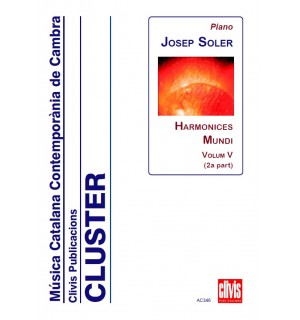






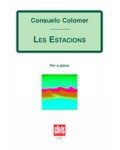
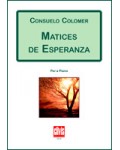
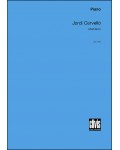



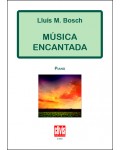
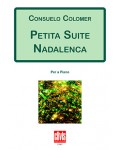

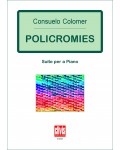
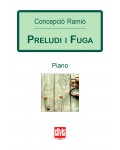
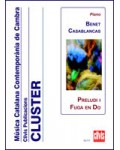

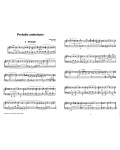
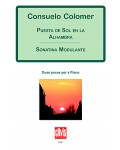
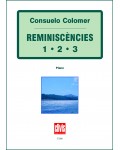
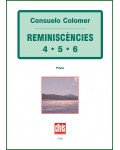
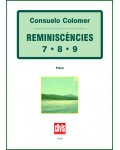
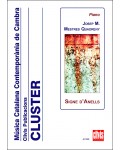
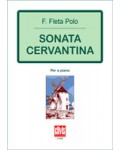
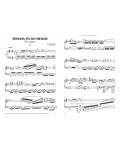
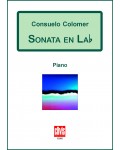

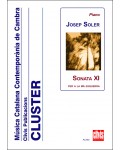
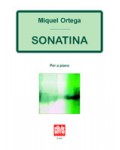
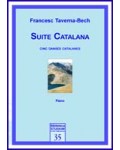
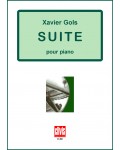
![Tema amb [4] variacions](https://www.clivis.cat/1964-home_default/tema-amb-variacions.jpg)
![Tema amb [10] variacions](https://www.clivis.cat/1709-home_default/tema-amb-variacions.jpg)
